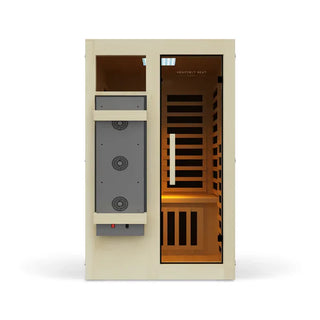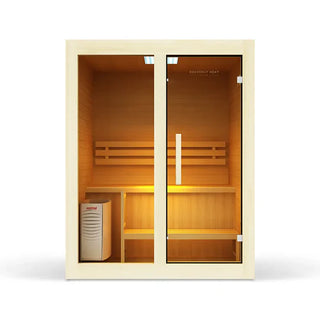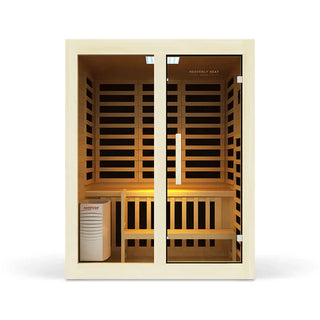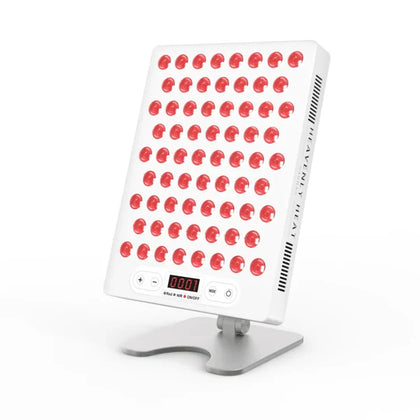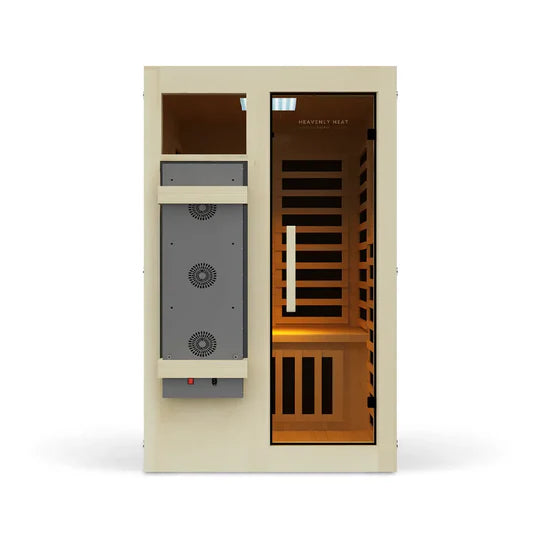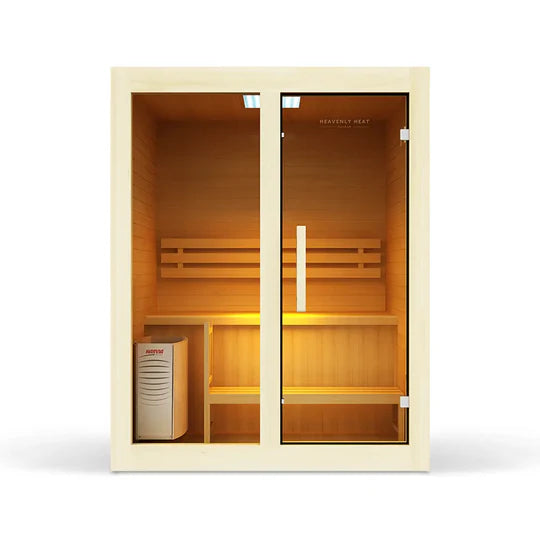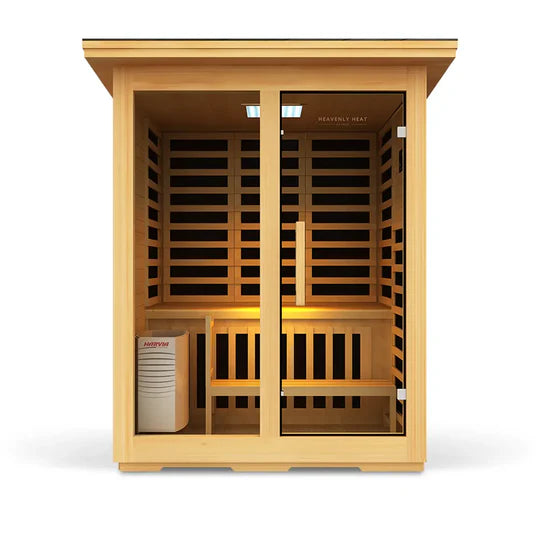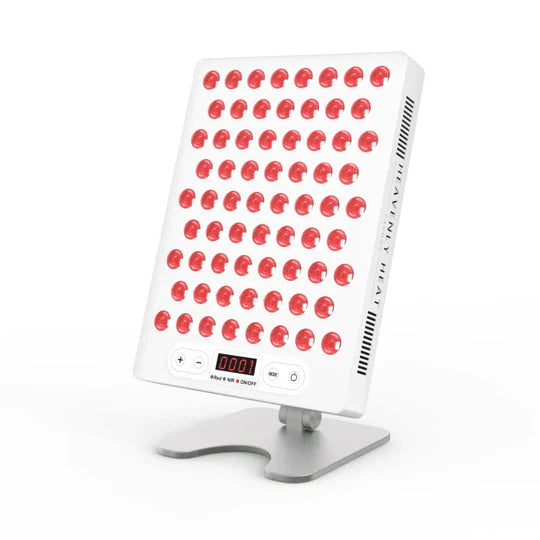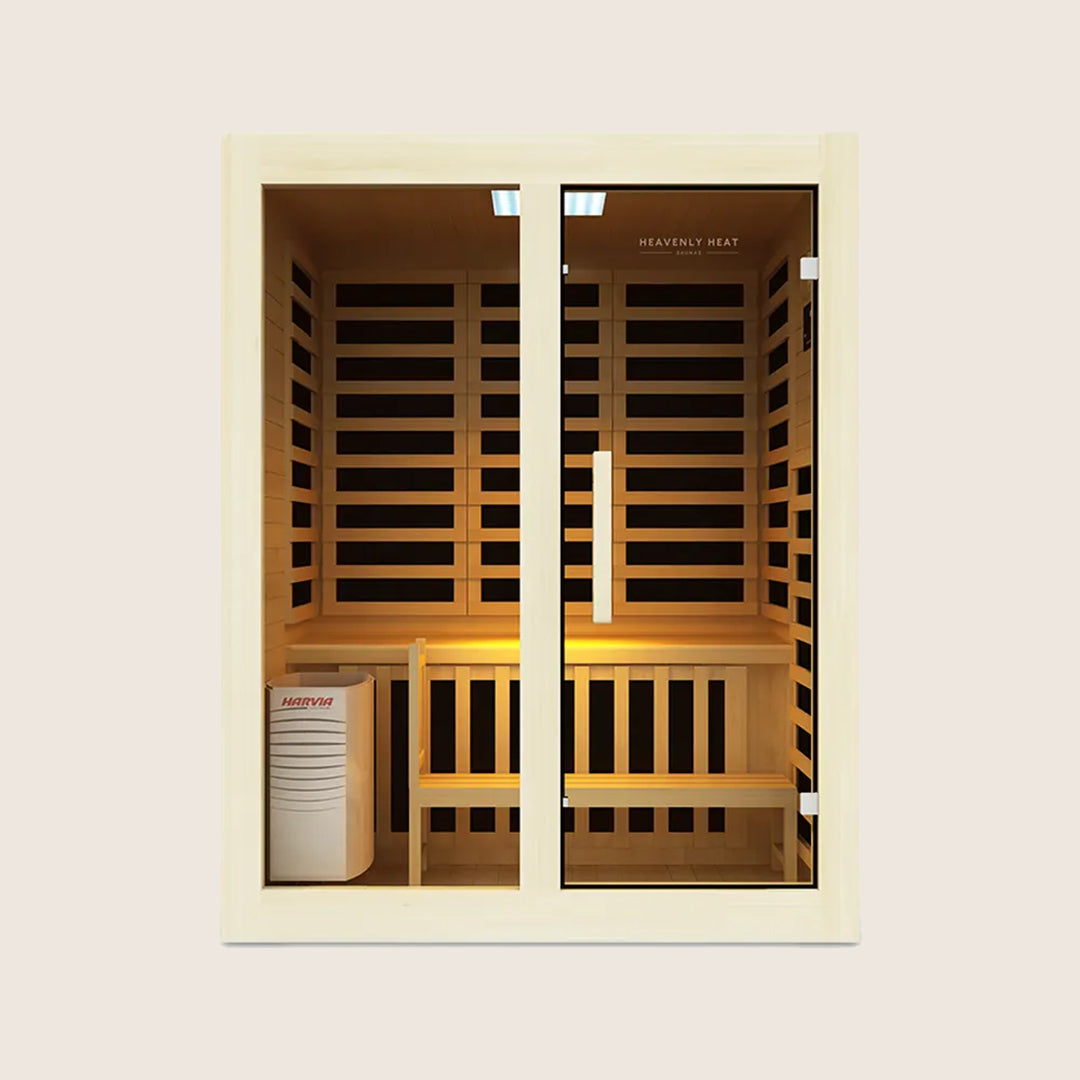Is Sauna Good For Lungs?

Many struggle with lung disease daily, over 34 million Americans face conditions like asthma and COPD. The impact is profound, affecting breathing and quality of life.
Wondering if saunas can help? Explore how heat therapy might offer relief and support for lung health.
The Science Behind Saunas and Lung Health
Taking regular sauna baths doesn’t just feel good, it may also help you breathe better. A long-term study in Finland followed nearly 2,000 men for over 25 years.
The results showed something pretty amazing: those who used the sauna 2 to 3 times a week had a much lower chance of getting lung problems like asthma, pneumonia, or COPD.
And the more often they went, the better their lungs did. Men who took 4 or more sauna sessions a week had up to a 41% lower risk of these diseases.
Another study backed this up, finding that regular sauna use helped protect against COPD even after considering other risk factors like smoking.
Experts believe the heat from the sauna may relax your airways, clear out mucus, and lower inflammation, making it easier to breathe.
So if you're looking for a simple way to support your lung health, the sauna might be a great place to start.
How does Sauna help with lungs?
Discover the various ways sauna sessions can enhance your lung health and overall respiratory function.
Decrease the risk of respiratory diseases
Sauna bathing shows promise in reducing the risk of respiratory diseases, including chronic obstructive pulmonary disease, asthma, and pneumonia, among middle-aged Caucasian men.
A long-term study found that participants who sauna bathed two to three times per week had a 27% lower risk, while those who sauna bathed four or more times per week had a 41% lower risk of respiratory diseases compared to those who sauna bathed less than once per week.
This suggests a potential protective effect of frequent sauna sessions against acute and chronic respiratory conditions.
Increased Lung Capacity and Function
Sauna bathing improves lung function by enhancing vital capacity, tidal volume, and minute ventilation. It has been reported to alleviate symptoms in asthma and chronic bronchitis patients, contributing to better lung performance.
This makes sauna sessions beneficial for individuals seeking to improve their respiratory health.
Decreased Pulmonary Congestion
Sauna bathing helps decrease pulmonary congestion and improve lung function. It increases vital capacity, tidal volume, and minute ventilation.
This effect is particularly beneficial for individuals with asthma and chronic bronchitis, enhancing their breathing and overall respiratory health.
Stress and Disease
According to recent research on sauna benefits, regular sauna bathing helps reduce stress levels significantly.
This reduction in stress is crucial for improving overall well-being, including lung health. Stress can exacerbate respiratory issues, and by alleviating stress, saunas indirectly support better lung function.
Therefore, integrating sauna sessions into a wellness routine not only promotes relaxation but also contributes to maintaining healthier lungs by addressing stress-related factors.
Improved Mucus Clearance
Sauna bathing supports lung health by improving mucus clearance. In a Finnish sauna, the high heat (80-100°C) and low humidity (10-20%) create an environment that hydrates respiratory tract mucus, making it easier to expel.
This moisture helps reduce the incidence of common colds and alleviates symptoms of asthma. Despite feeling dry, sauna air effectively maintains hydration in the airways, contributing to overall respiratory well-being.
Other Therapies that help with Lungs
Breathing exercises
Breathing exercises give your lungs a real boost by helping them work better and get stronger. When you breathe in a controlled way, you train the muscles that help you breathe, just like working out builds other muscles in your body.
In one study , elderly smokers who did simple balloon-blowing and guided breathing exercises three times a week started breathing easier in just a few weeks.
Another review looked at , 17 different studies and found the same thing, people with lung problems felt stronger and could walk farther just by doing regular breathing exercises. It's simple, but it works.
salt therapy
Breathing in tiny salt particles can actually help your lungs clear out mucus, reduce inflammation, and fight bacteria.
This process, called salt therapy, involves inhaling purified sodium chloride (NaCl) in a controlled setting with stable temperature and humidity.
These salt particles travel deep into your airways, helping to loosen mucus and support your lungs’ natural cleaning process.
According to the National Library of Medicine , studies show salt therapy improves symptoms in asthma, COPD, sinusitis, and bronchitis, making it a safe, natural way to support better lung health and easier breathing.
Aromatherapy
Aromatherapy is more than just nice smells, it can actually help your lungs feel better. When you breathe in essential oils like peppermint, eucalyptus, or rosemary, their tiny particles travel deep into your airways.
These oils fight off bacteria and calm inflammation, which is great if you’re dealing with a cough, cold, or other lung issues.
One review showed , how these oils can help with breathing problems by targeting infections in both the upper and lower lungs.
In one study , people who inhaled these oils felt like their breathing improved, even if tests didn’t show big changes.
Conclusion
Sauna bathing offers significant benefits for lung health. Regular sessions can reduce the risk of respiratory diseases such as COPD, asthma, and pneumonia.
It enhances lung capacity and function, decreases pulmonary congestion, alleviates stress, and improves mucus clearance.
These combined effects make sauna bathing a valuable practice for supporting and maintaining healthy lungs.





